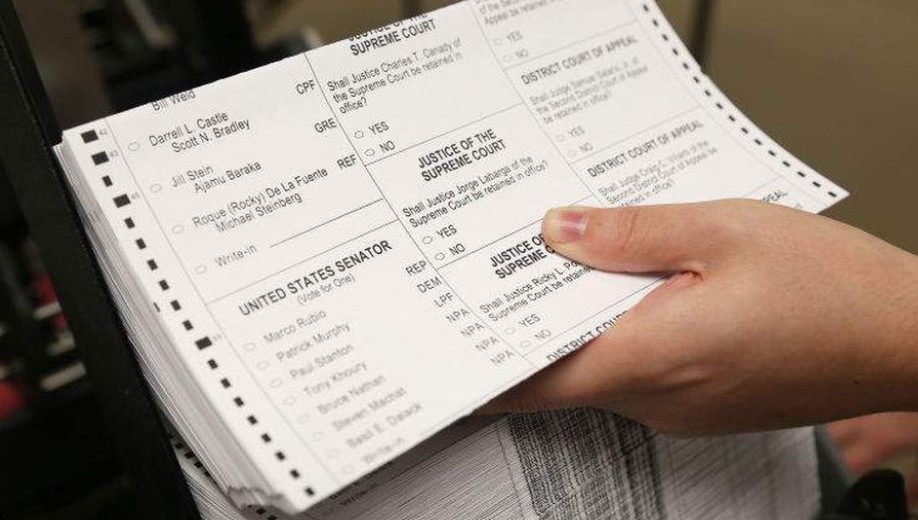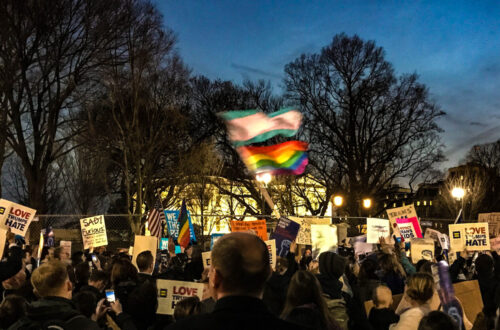Since the start of the 21st century, Florida’s voting patterns have changed drastically with substantial impacts on the state.
The Sunshine State has often been categorized as a battleground “swing state” by politicians and voters alike. Candidates for all types of office — presidential, senatorial and even gubernatorial — raise and spend large amounts of money, as the results of Florida elections are so unpredictable.
Florida has historically leaned more towards the Democratic Party. However, the rise of Republican voters has made the patterns of the state more unpredictable. Notably, there were 179,186 more registered Democratic voters in 2012 than there were in 2000.
A graph following changing voting patterns in Florida regarding presidential elections from 1984-2020 (Andie Hirsch, Florida Political Review).
But this pattern is changing again: internal numbers from Gov. Ron Desantis’ re-election campaign have indicated that Florida Republicans now outnumber Florida Democrats by over 100,000 registered voters, composed of both newly registered voters and voters who changed their party affiliation.
Midterm elections are quickly approaching and Republicans need every vote they can get in order to take back their majority in the U.S. Senate and House of Representatives — both of which are holding 2022 midterm elections in Florida.
With President Joe Biden’s newest approval rate hitting around 42%, Republican congresspeople and senators are particularly optimistic about their takeback of these seats.
There are 31 incumbent House Democrats who are planning to retire, and Republicans only need to have a net gain of 5 seats to take their majority once again. Florida has now also gained one seat in the House due to the increase of Florida’s population in the 2020 census.
Additionally, polls are predicting that Republicans have a greater chance of winning key Senate races over Democrats.
These predictions are not only relevant on a national level. Incumbent Sen. Marco Rubio, R-Florida, is projected to have an 82.2% chance of winning over Democratic candidate Rep. Val Demings, and an even greater chance over former Democratic Rep. Alan Grayson. This pattern is similar both nationally and on the state level — likely in response to recent state and national policies.
The executive director of the Florida Republican Party, Helen Aguirre Ferré, attributes the spike in Florida Republican party registration to the low unemployment rate in Florida, various pro-business policies and mask, vaccine and lockdown policies in Florida. Furthermore, she includes that the 363,000-person advantage in voter registration for Florida Republicans is both impressive and unprecedented.
With this rise in Republican voters, Florida is beginning to stray away from its reputation of being a battleground state and more towards a solid red state, which aligns with the historical voting patterns of Florida. Furthermore, voter registration data shows that the number of registered Republicans in Florida continues to increase, as many people are moving to Florida in light of COVID-19 policies and other reasons.
If this trend continues, Florida will likely morph into a solid red state, changing its voting patterns once again. It is unknown how the rise of Florida Republicans coupled with Florida’s increasing population will impact the outcomes of the 2022 and 2024 elections.
Check out other recent articles from the Florida Political Review here.
Featured Image: A Florida Mail-In Ballot from the 2016 Election. Unmodified photo from Wikimedia Commons used under a Creative Commons License. (https://bit.ly/3dy3RAk)
Correction: May 13, 2022
This article was updated to reflect that Florida historically leaned Democratic.





